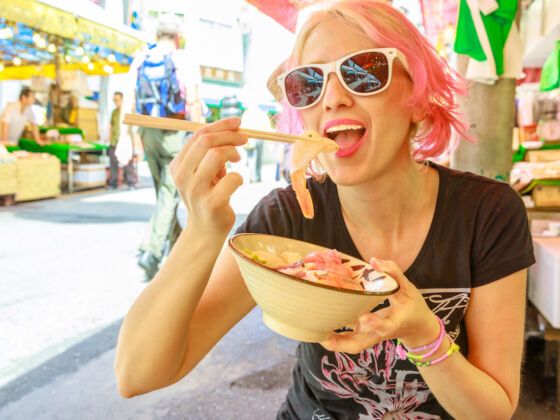1. I felt safe everywhere.
About one month after moving to Kyoto, Japan, I had the strangest physical sensation. What was that peculiar feeling, like a thick liquid slipping down off my body and flowing away? What accounted for my remaining lightness of spirit?
That was stress departing. I realized, with a jolt of surprise, that I finally felt safe for the first time in my adult life as a single woman living in a city.
What melted away was a semi-conscious, pervasive tension from living in an American city – a personal caution, a wariness, knowing that I could potentially be mugged on the street, held at gunpoint or knife point, be robbed or burglarized in my home, be assaulted, raped or otherwise violently assaulted at any given time, at any random place. I didn’t feel paranoid or consciously fearful; there was just a mild pervasive threat riding just below the surface of my daily existence.
While living in Japan that long-standing burden vanished. And I can tell you, it felt damn good to be safe.
